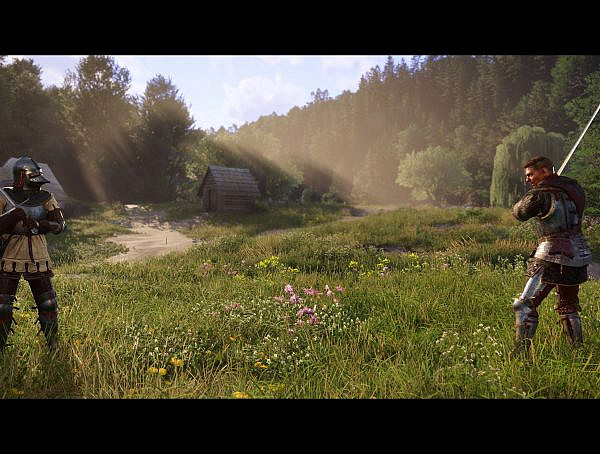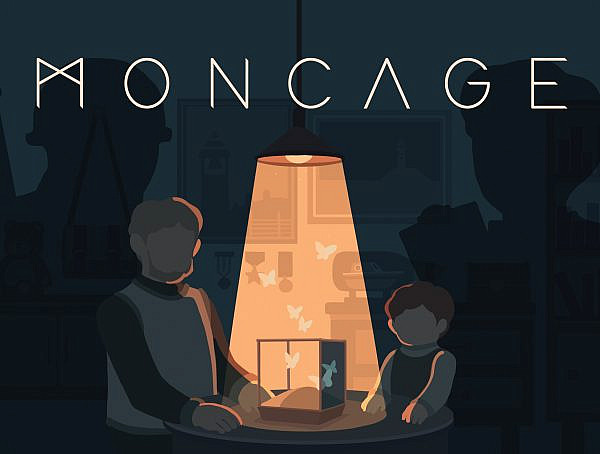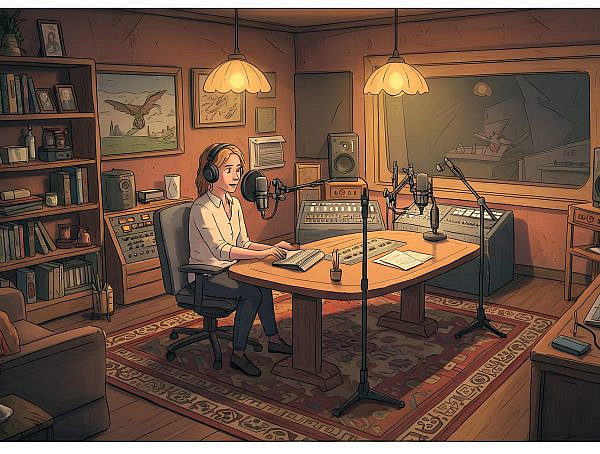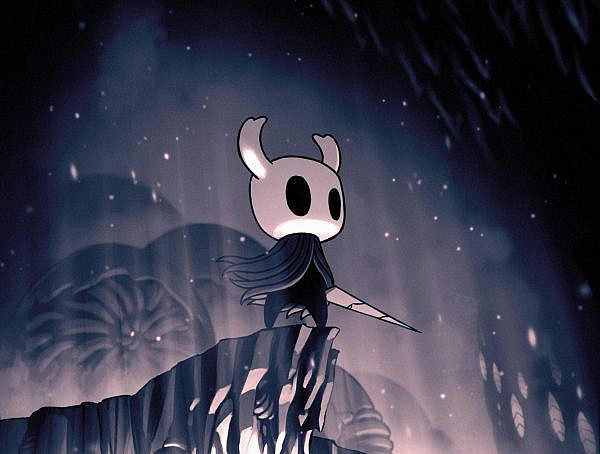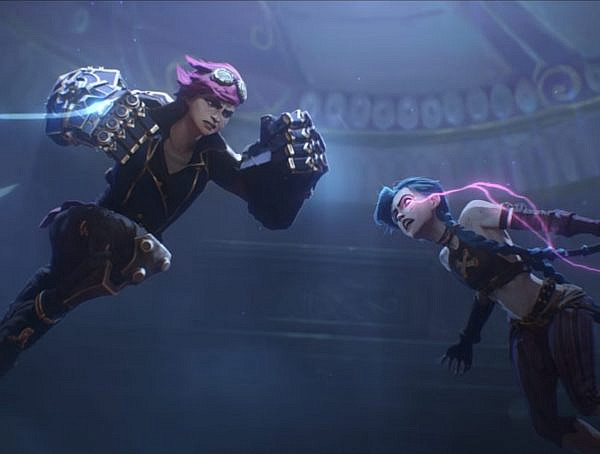A variety of games have a book adaptation, as well as a diversity of book stories, which were converted to the game plots. I think these two sides of a common idea are quite similar to film adaptation. The story is implemented into the scene but commonly with a number of discrepancies and omissions. The tendency is to watch a film and then read a book as being a reader will deliver more emotions, details and interest in contrast to the screen version. However, we are talking about the connection between games and in-universe books and you, as a character of the game, are supposed to interact with a certain virtual environment.
I took for consideration a series of S.T.A.L.K.E.R. games and books. There is also a popular film “Stalker” by Andrei Tarkovsky, released in 1979, which possesses a quite high rating. As for me, the film was a complicated audio-visual material to watch and I consider this movie to be a distinct case in this paper, because books are, in fact, a novelization of the game. Anyway, plots of the film and games have some familiar concepts and fans used to perceive the Tarkovsky project and the real Chernobyl disaster of 1986 as fundamental elements for designing a series of games and books.
 The idea of the game “S.T.A.L.K.E.R .: Shadow of Chernobyl” is exploring a dangerous zone, full of hostile creatures, deadly anomalies and a number of wanderers, searching for unique invaluable artefacts, generated by strange phenomena of this mysterious world. An inexpressible atmosphere of the inner environment attracted a lot of people and created a great fan and non-fan audience. The oppressing atmosphere of the time when the Soviet Union was experiencing a period of depression turned out to be so addictive that several technical troubles and unfulfilled expectations were just ignored by the public.
The idea of the game “S.T.A.L.K.E.R .: Shadow of Chernobyl” is exploring a dangerous zone, full of hostile creatures, deadly anomalies and a number of wanderers, searching for unique invaluable artefacts, generated by strange phenomena of this mysterious world. An inexpressible atmosphere of the inner environment attracted a lot of people and created a great fan and non-fan audience. The oppressing atmosphere of the time when the Soviet Union was experiencing a period of depression turned out to be so addictive that several technical troubles and unfulfilled expectations were just ignored by the public.
I would not discuss the stories of books themselves or talk much about authors or publishers. I just want to point that storylines are constructed on an in-game plot and these are developing the whole franchise. The public tends to desire the continuation and development of a certain universe.
The first S.T.A.L.K.E.R. book series was going out publicly for five years after the game release. The first publishing houses to produce the initial books were “Eksmo” and it was responsible for publishing the projects by Sergei Nedorub, Alexey Kalugin, Alexey Stepanov and some other authors, who performed their stories for competitive purposes. There is a variety of tales with titles, like “The Monochrome”, “Empty lands”, “The Mystery of the Poltergeist” and other pieces that make you dive into the internal events and feel the atmosphere of the storylines. 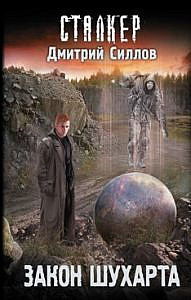
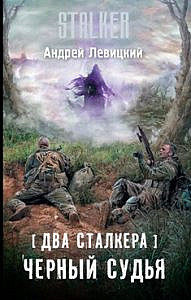 However, several contradictions in rights for the franchise occurred and Eksmo lost authority for the series and the AST publishing house took the initiative. After that, the official books were issued until 2012 until the publisher was closed. Afterwards, the AST publishing house stopped issuing books about the S.T.A.L.K.E.R. universe in 2012. This was the starting point for emerging a great number of readings but under other titles. Authors should avoid any contradictions with rights but they are still up to expanding the imaginary world of the game. At this point, the imaginary universe began to experience unwanted changes. So, the new generation of book series began to gain similar but still different names, like “Stalker” (without dots) or “S.W.A.L.K.E.R.” and other strange headings.
However, several contradictions in rights for the franchise occurred and Eksmo lost authority for the series and the AST publishing house took the initiative. After that, the official books were issued until 2012 until the publisher was closed. Afterwards, the AST publishing house stopped issuing books about the S.T.A.L.K.E.R. universe in 2012. This was the starting point for emerging a great number of readings but under other titles. Authors should avoid any contradictions with rights but they are still up to expanding the imaginary world of the game. At this point, the imaginary universe began to experience unwanted changes. So, the new generation of book series began to gain similar but still different names, like “Stalker” (without dots) or “S.W.A.L.K.E.R.” and other strange headings.
As for me, these recent literature pieces are spoiling the franchise not only by adapting the headings. Plots are becoming too fancy and fantastic. No doubt, that the initial novels included some mystic phenomena, creatures, and objects but these were framed by the game itself and probably just small additions were made sometimes. But in general, the first books were following the original essences. The new ones include some strange space weapons, classical locations were receded into the background. The internal events are carried to the other sites that have no connections to the original Zone. It is ok to have some outer characters and spots just in terms of a small background chapter for a better understanding of the further course of events. But in this case, when the whole book plot is permanently jumping from one site to another, almost excluding the original space, the development of the franchise is turning into the total change of it.
Obviously, no one is able to prohibit a person to create stories, using imagination and own views on a particular phenomenon. Books are aimed at expanding the in-game universe and that is what the audience desire. But sometimes, writers are too excited and fanatical of their ideas of what may be added and introduced into the plot and this issue may ruin the ideology and outline of a certain project. In my opinion, this issue had a place in a series of S.T.A.L.K.E.R. games, books and the whole universe.
Books: S.T.A.L.K.E.R – The Monochrome, by Sergei Palii, AST, 2010 S.T.A.L.K.E.R – Empty Land, by Aleksey Kalugin, Eksmo, 2009 S.T.A.L.K.E.R – Empty Land, by Sergei Nedorub, AST, 2010
Games: S.T.A.L.K.E.R .: Shadow of Chernobyl, S.T.A.L.K.E.R.: Clear Sky, S.T.A.L.K.E.R.: Call of Pripyat
Publisher: GSC Game World
Developer: GSC Game World
Platforms: Windows
Release Date: S.T.A.L.K.E.R .: Shadow of Chernobyl – March 20, 2007; S.T.A.L.K.E.R.: Clear Sky – September 15, 2008 (Game Publisher – GSC World Publishing); S.T.A.L.K.E.R.: Call of Pripyat – February 12, 2010.
Genres: Action, RPG
PEGI: 16
Header picture: taken from the game’s Steam store page: https://store.steampowered.com/app/20510/STALKER_Clear_Sky/
First picture of the books: Photo, taken by the author
The second picture of the book: promotional picture of the book, https://ast.ru/book/dva-stalkera-chernyy-sudya-829783/
The third picture of the book: promotional picture of the book, https://ast.ru/book/zakon-shukharta-844149/








